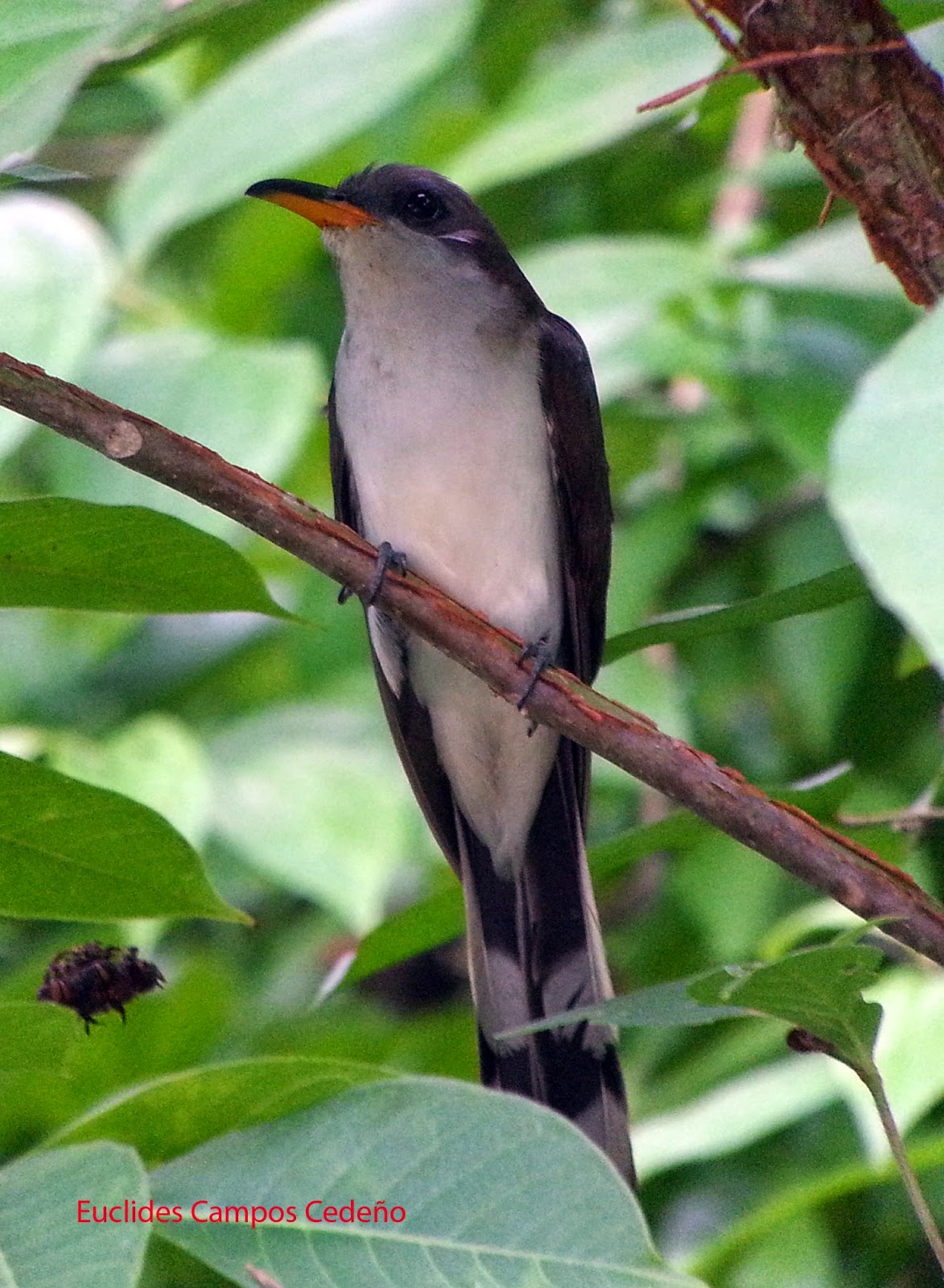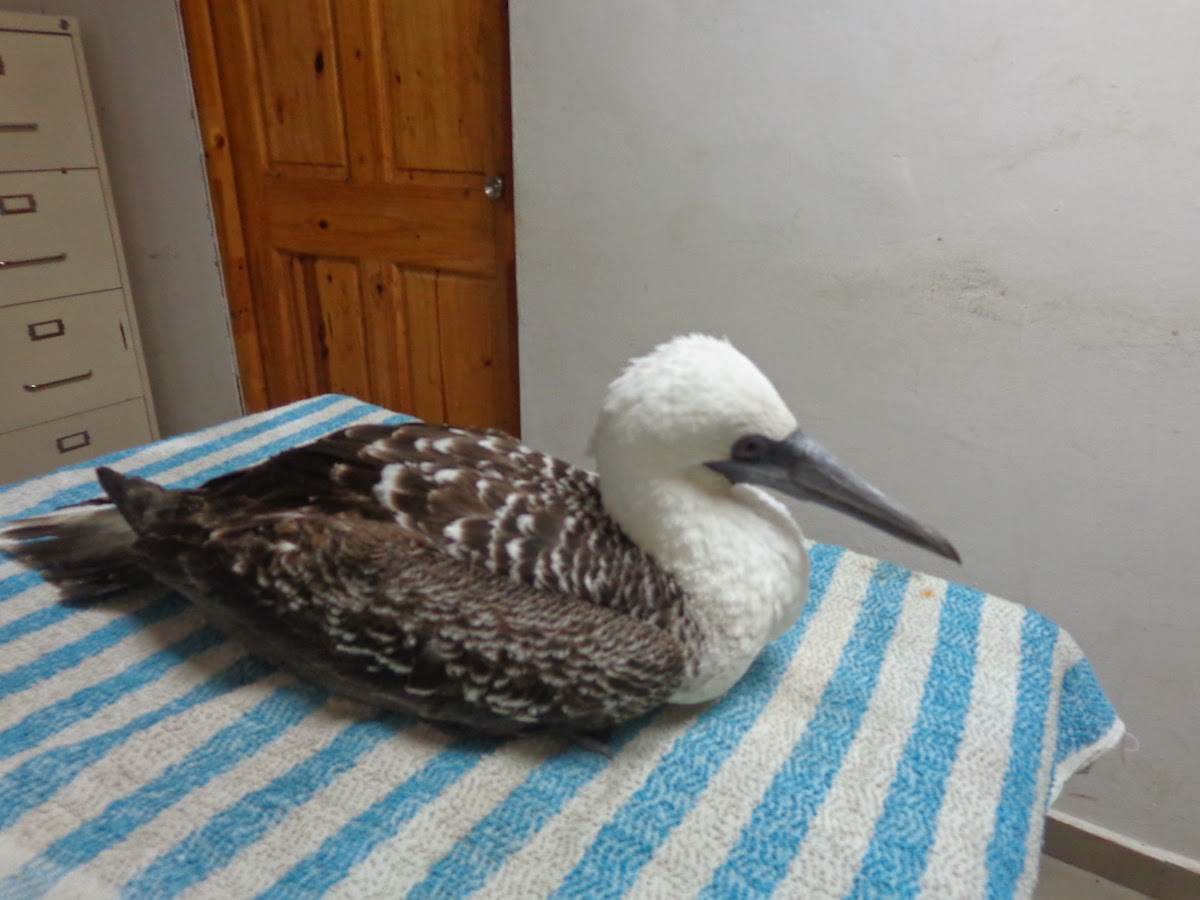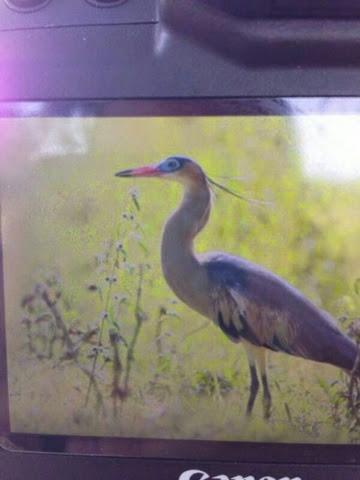Después de visitar Las Macanas durante el Centro Centroamericano de aves Acuáticas, paramos en la vía principal, adonde estuvimos viendo Glossy Ibises que nos pusimos a contar (65, MUY pocos comparado con otras veces que hemos estado en el área para las mismas fechas). Paramos en tres puntos de la vía para observar desde la calle el campo de arroz, en búsqueda de íbises. En el último sitio que paramos, el más cercano a la entrada de la finca y donde el terreno estaba descubierto de cultivos de arroz, pudimos observar un Whistling Heron muy activo, caminando por el terreno seco, buscando comida y atrapando uno que otro bicho. Como muestra una de las fotos, se acercó muchísimo a unos campesinos que estaban trabajando la tierra. Me acompañaron en estas observaciones Celeste Paiva, Yenifer Díaz, Michele Caballero, Stephany Carti y Asquena Aguilar, y Héctor Escudero, de la comunidad de El Rincón.




+copy.jpg)




